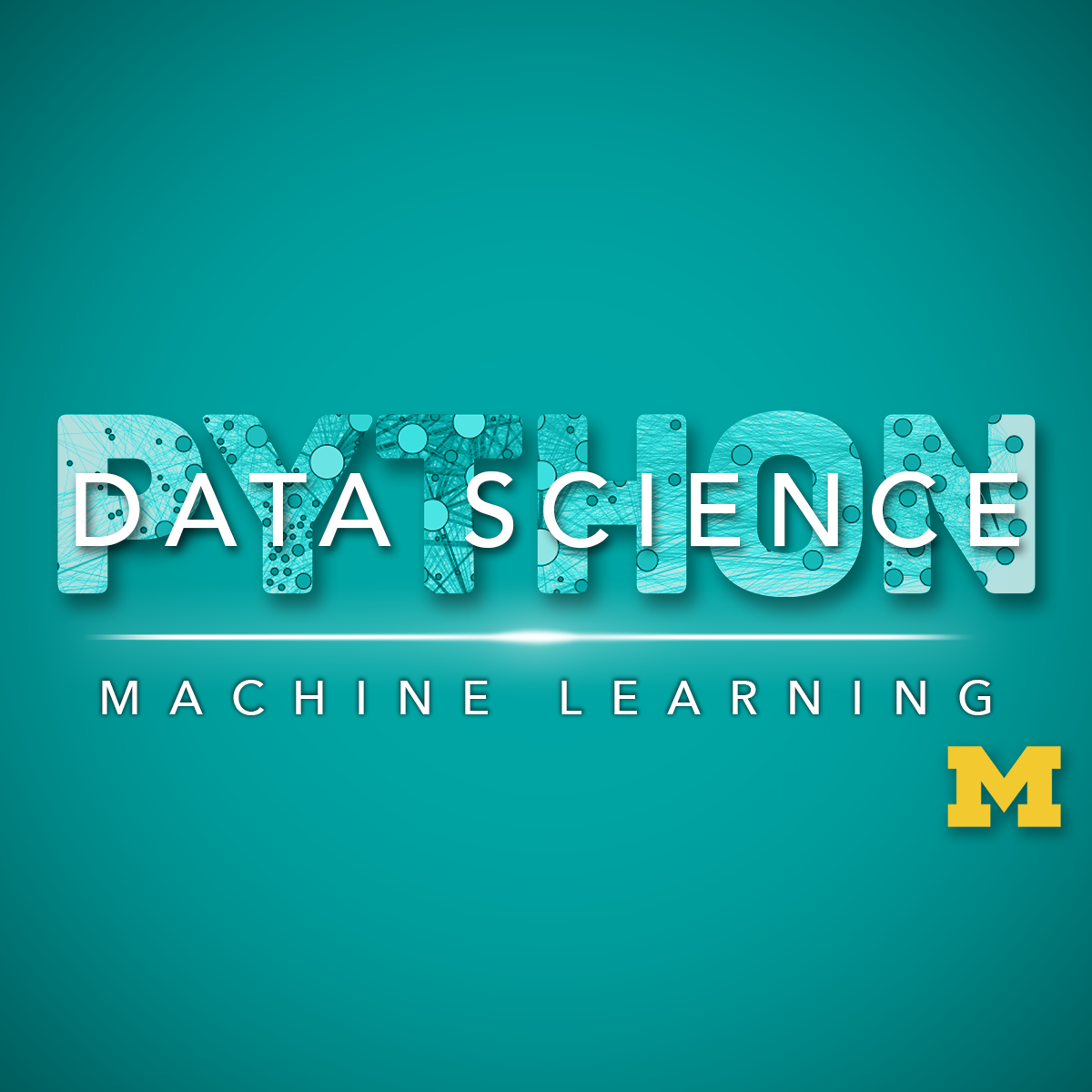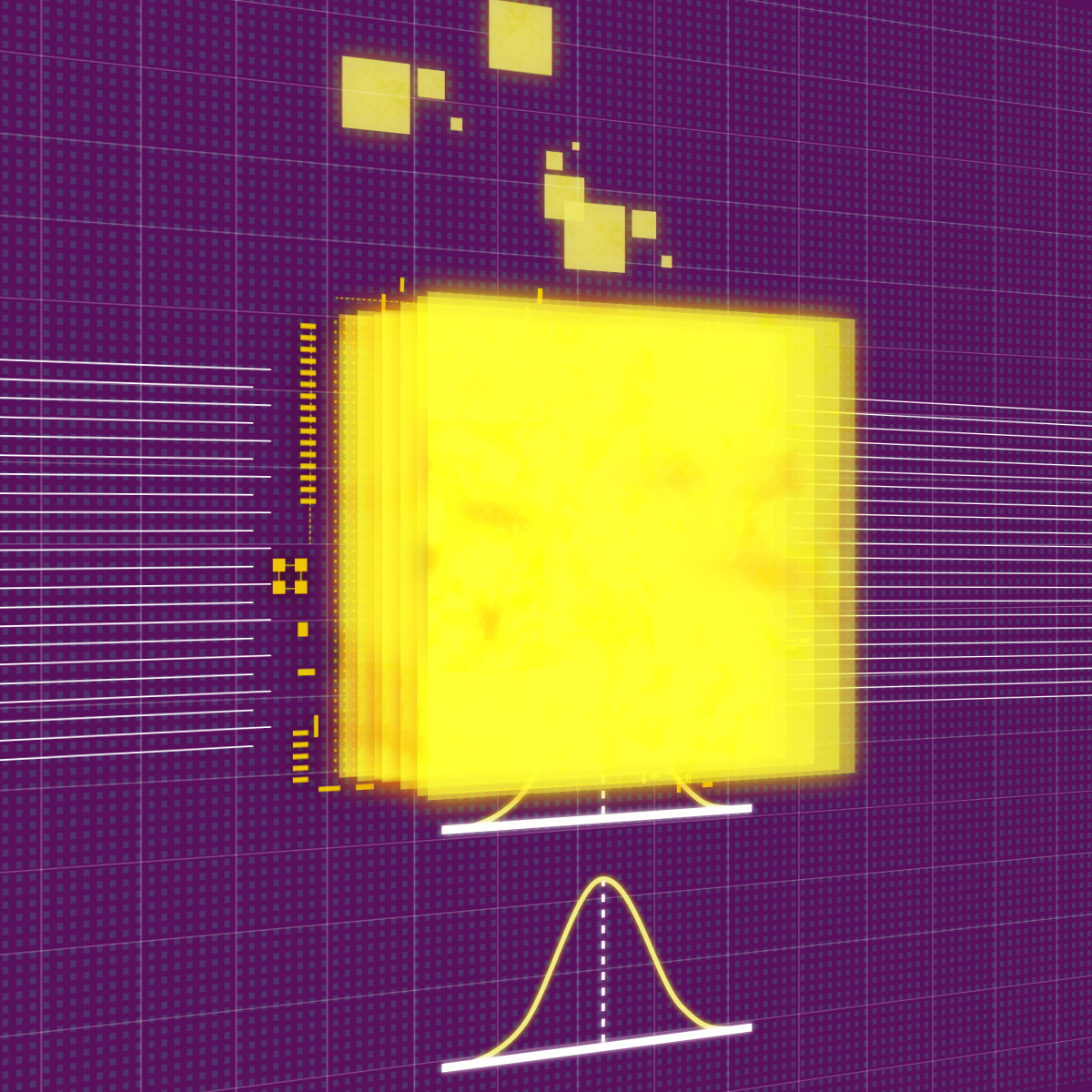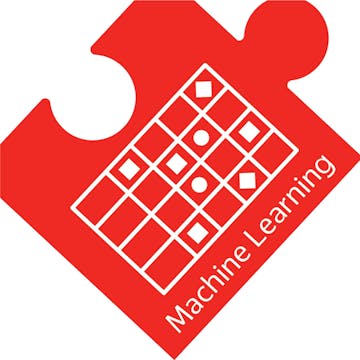This article was updated December 2024 to remove outdated courses and include newer courses. You may also wish to refer to our article on generative AI and large language models.
 As artificial Intelligence reshapes our world, those familiar with its inner workings stand to gain.
As artificial Intelligence reshapes our world, those familiar with its inner workings stand to gain.
AI engineers currently make up one of the highest compensated fields. According to Paysa, average salaries earned by them are just over $170,000. And it’s not just the engineers either. As AI grows, new roles continue to surface in both technical and non-technical fields.
In this article, we briefly introduce AI, its major branches, and its applications. We’ll also introduce courses that teach AI and its related subjects geared towards AI learners of all experience levels.
Artificial Intelligence: a brief introduction
AI research kicked off in the 1950s. A few promising concepts and a conference dedicated to AI drew funding into research, which kept pouring in until the 1970s. That’s when it became clear that AI was all but feasible. As one researcher at the time put it, existing computers were “millions of times too weak to exhibit intelligence.”
Fast forward a few decades later, and even the phones in our pockets are capable of intelligence. There’s an AI boom today and it owes its existence to earlier research, powerful computers, and massive amounts of data individuals and organizations generate each day.
For an extended look at AI’s history, read this post from this introduction from Harvard SITN.
What is AI?
AI’s meaning has evolved over time.
Earlier AI focused on mimicking human intelligence in inanimate objects. Ancient civilizations built humanlike automatons that were thought to possess real thoughts and emotions. Later, AI revolved around the idea of formalizing intelligence. 17th century enlightenment thinkers explored ways to reduce rational thought to symbols and systems like algebra and geometry.
More recently, we’ve come to associate AI with computers.
One popular webcomic from CommitStrip depicts a robot whose inner workings consist exclusively of “if” statements. Although this robot is still AI, it’s far less sophisticated than the AI we’re familiar with today. The “if” robot requires a lot of human intervention. Someone has to program those if statements. Modern AI, powered by machine learning, doesn’t.
What is Machine Learning?
Machine Learning (ML) is a branch of AI that combines algorithms, statistics, and math to help machines learn from data. To work well, it needs lots of data to learn from and lots of computing power to do the actual learning.
ML gives computers entirely new capabilities. Until recently, computers had great trouble solving intuitive problems. These problems deal with unstructured information that humans can solve with ease. They include visually distinguishing a cat from a dog, recognizing faces, or comprehending speech and detecting vocal indications (like sarcasm).
ML enables computers to solve these problems with ease and accuracy at rapid pace. And as we mentioned earlier, there’s little manual intervention—a human might set a few parameters and let the algorithm do the rest. With ML, AI agents can learn from existing data and use what it’s learned to make decisions about new information it encounters.
To take an example, if you’re training an ML algorithm to recognize faces, you might first feed it millions of pictures of faces. Groups of hundreds or thousands of these faces may belong to one individual. An ML algorithm might then deconstruct these faces through layers of processing. The first layer might break down a face into its key parts, eyebrows, eyes, a nose, and a mouth. Subsequent layers may then decompose faces into tinier, unique features that help it distinguish one person from another.
For a more detailed look at how you might use ML to recognize faces, check out this article by Adam Geitgey.
Practical applications for ML
The facial recognition tool we mentioned has come in handy in many consumer applications. Apple’s Face ID and Facebook’s photo tagging are just two examples that rely wholly on ML and one of its branches, Deep Learning (DL).
We won’t go into depth about DL here, but know that it comprises powerful techniques that’s leading some of the cutting edge developments in AI.
Other applications for ML include the spam filters built into our email inbox, recommendation engines like the ones we find in Netflix and Amazon, and voice assistants from the likes of Google, Apple, and Amazon.
We’d be remiss to leave out commercial and industrial uses for AI since these applications drive much of the progress we’re seeing in AI today.
Financial services firms use AI to execute transactions, analyze contracts, and crunch numbers. The healthcare sector uses AI to render diagnoses and accelerate research on lifesaving drugs, drawing insights from billions of data points from patient records and biomedical datasets.
Other nascent sectors focus on disrupting entire industries with AI.
For example, numerous firms are now trying to commercialize self-driving vehicles. If they succeed, they’ll make passenger travel easier, safer, and faster, while substantially reducing what it costs to transport goods. They’ll also impact an entire industry of transportation drivers who make up some 3.5 million jobs in the US alone.
Concerns over AI’s impact on society
Because of its potential scope and scale, AI will likely impact society materially.
Some foresee a “Singularity,” the point at which AI systems surpass humans in intelligence. A utopian variant of this story tells of robots taking over all tasks, incidentally ending poverty, disease, and conflict. In this scenario, humans are also free to devote their time towards their own interests, freed from the toils of labor.
Others are more skeptical, pessimistic of AI’s advances.
Already, AI threatens millions of jobs across all career fields. Truck drivers, clerical assistants, airline pilots, lawyers, and doctors all risk losing their jobs to AI agents who can do their jobs more cheaply and more efficiently than they can. Many fear that this labor displacement, aside from eliminating jobs, will also yield greater income inequality.
There are other areas where AI may overreach boundaries. Governments and companies, with access to huge troves of data, could easily misuse AI to invade our privacy. It’s not difficult to see how the facial recognition technology we mentioned earlier might be used to track an individual’s movements movements, for example.
And in handing more of the decision making to robots, we risk reinforcing systemic biases. We’ve already seen instances where AI algorithms learn and perpetuate prejudices. The data these algorithms trained on came from humans with all of their biases, innate or otherwise.
Whether you feel positively or negatively about AI’s rise, AI’s rise is inevitable. The best you can do is to develop your understanding of it so that you’re in a position to capitalize on its opportunities or meet its challenges head-on.
To help you do just that, we’ve curated a long list of online courses on AI that we share in the next section. Take these courses to grasp the inner workings of AI, see where current research is headed, and gain some insights about ways in which you might use knowledge you’ve gained about AI.
Online courses for learning AI
Artificial Intelligence requires at least vague familiarity with linear algebra, calculus, statistics, and programming. You don’t need a deep understanding of any of these subjects, but the stronger your grasp of them, the easier it is to build intuition on how AI algorithms work.
Introductory-level: Building the Foundation
The first set of courses here are meant to help you establish a foundational understanding. Some of these courses, or collections of courses, may also cover advanced topics. No matter how advanced they get though, they’ll always start on the ground floor—these courses are designed for all learners, including those entirely new to AI.
Intermediate: Tools, Techniques, and Applications
The next set of courses focus on introducing AI in context of specific tools, techniques, and applications. These courses lean heavily towards teaching practical “how-to” knowledge. Compare that to the first set of courses, which balance theory and science with practice.
We recommend taking these courses to extend existing knowledge or to ramp up quickly. If you’re looking to implement AI algorithms in a short amount of time, start with these courses.
Advanced: Courses for New AI Practitioners
Our last segment looks at online courses that focus on specific techniques powered by tools like Keras, PyTorch, TensorFlow, and Spark. These courses require prior knowledge of ML and DL and are designed with advanced learners and industry practitioners in mind.
We recommend these courses to deepen your expertise or to help prepare for a career in AI.




























